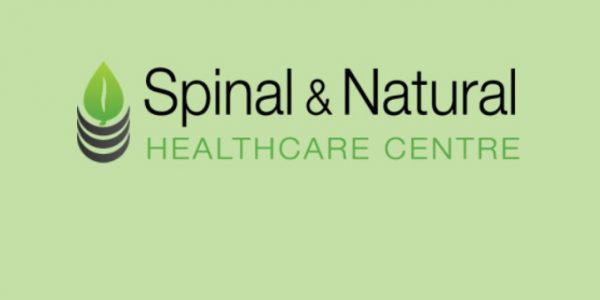Pain Myth: Women have higher pain thresholds than men
Truth: Neither sex has the edge. Some studies suggest that while woman can deal with chronic pain better than men, they are more sensitive to acute pain. We don’t know exactly why this is: it may be because women have more coping strategies such as talking to friends and asking for help.
Pain Myth: Heat soothes pain .
Truth: I get really frustrated when I see television adverts for heat packs for bad backs. It is incontrovertible that cold is better for sore inflamed areas. Areas of injury become swollen and inflamed with blood (hence the redness) and an icepack wrapped in a thin towel will reduce the swelling and thus reduce the pain. It helps the injury heal. Heat packs may offer momentary relief but they keep the area hot and swollen. Remember: if you have a sore, stiff area that is red and swollen apply a cold pack not a heat pack!
Pain Myth: No pain, no gain.
Truth: This is a ridiculous myth: pain is the body’s way of letting you know that something is up. While it’s normal to feel some muscle soreness if you start a new exercise programme, if you feel anything more than this it is likely that you are exercising incorrectly or are developing an overuse injury. Ease into new exercise regimes gently, gradually increasing them and varying your routine so you work different muscle groups. Ideally, seek advice from a qualified professional such as one of the practitioners in our health centre or one of our trusted exercise and rehabilitation specialists we refer to who can devise an exercise programme to increase your muscle tone and fitness levels without fear of injury.
Pain Myth : There is nothing I can do about my pain, I just have to live with it.
Truth: whilst some chronic conditions cant be ‘cured’, there is no excuse for adopting this attitude without thorough investigation. Seeking professional solutions, such as seeing a chiropractically qualified health professional, sooner rather than later is the key to long term healing. Even in chronic conditions where it is not possible to fully remove pain, there are many ways to alleviate discomfort and more importantly prevent it from worsening
Pain Myth: I have back pain so I must rest and take it easy.
Truth: Thankfully GPs no longer prescribe bed rest for back pain and the message is getting out that lying flat and immobile is actually harmful for a bad back. In the early stages of a back injury, it is wise to dial down your activity but it’s important to keep your spine moving: each movement helps spinal fluid wash in and out of your discs and helps reduce muscle stiffness. If your back is still painful after a few days, consider getting it checked out by a chiropractically qualified health professional like those at our health centre.
Pain Myth: A firm mattress is best for a bad back.
Truth: An overly firm or overly soft mattress will mean that your spine is out of alignment. It’s difficult to recommend a perfect firmness as this will depend on your height and weight and personal preferences but when you lie on your back or your side, your spine should be supported and maintain its gentle curves
Pain Myth: grin and bear it: enduring pain makes you stronger!
Truth: Rubbish! Constant pain leads to further health problems due to difficulty sleeping, a weakened immune system and depression.
Pain Myth: Children will tell you if they are in pain.
Truth: Children will often not tell you they are in pain if they fear it will displease those around them or lead to ‘nasty’ medicine or being separated from their parents (for example, due to a hospital visit). Older children may not report pain if they believe it will make them look weak in front of their peers.
Pain Myth: the pain is all in your head.
Truth: Hmmmm well technically this is true of all pain. Pain signals are processed in our nervous system and brain so this is where we become consciously aware of pain. But the idea that some people’s pain isn’t real just because there are no obvious physical problems to tie it down to is unhelpful and untrue. It just means that we have a long way to go to thoroughly understand pain and how we as humans can manage it
